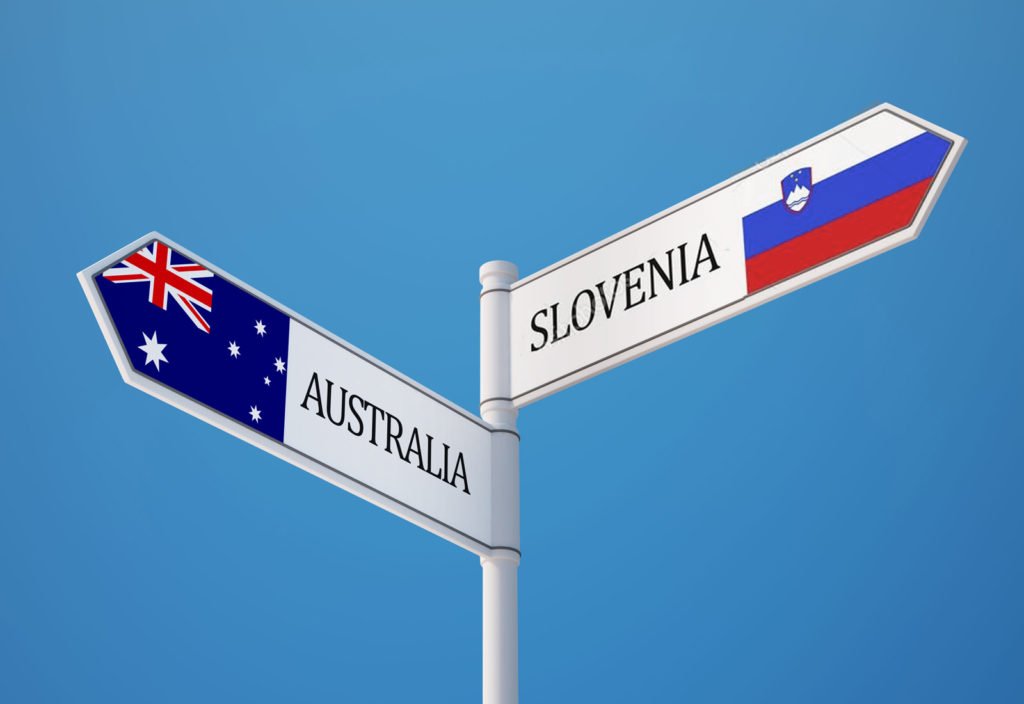
VUSEB, VISE, VCAB, BoS, VCAA (1976 – 2007)
Since 1976, when the first enquiries were made, reforms in the secondary education authority in Victoria caused name changes, which partly indicated the change in responsibility and function.
In sequence they were: VUSEB 1976- 1977, VISE 1978-1986, VCAB 1986-1991, BoS 1991-2003, VCAA 2003.
When Aleksandra Ceferin made her first approach regarding the accreditation of Slovenian language as a HSC subject, the authority responsible for matriculation process in the state of Victoria was Victorian Universities and Secondary Education Board (VUSEB) – an adminstrative and regulatory body with representative committees for subject areas. Ms Ceferin contacted Committee Chairman for Slavic Languages , prof Jiri Marvan regarding accreditation of Slovenian. The response was favourable, but the process of accreditation was halted for the period of two years, due to a moratorium on all new matriculation subjects in preparation of the first major educational reform at the senior secondary level.
The process was resumed in 1979 under the authority of Victorian Institute of Secondary Education (VISE). Slovenian was the first subject accredited according to the new framework set by VISE. The first five students completed Slovenian Higher School Certificate (HSC) in 1980.
During the following decade all the courses were assessed for their suitability and effectiveness, and reaccredited. From 1986 a new secondary certification authority took over. Victorian Curriculum and Assessment Board (VCAB) was given the mandate to prepare a major curriculum and assessment educational reform at the senior level. The reform took five years to prepare. It was completed, and ready to begin implementation in 1991. The first model courses were developed for all so-called Fields of Study on the principle, that each teacher implement a two-year senior studies course named Victorian Certificate of Education (VCE) according to a strictly defined structure of tasks and aims, with the flexibility in the choice of topics, particularly n the case of English and Languages Other Than English (LOTE ).
From 1992 the implementation was carried out by the Board of Studies (BoS), with a program of training and statewide workshops on course development and assessment. During the following period there was fine-tuning on assessment, and training for examiners to make the system as objective and fair as possible. During this period a start was made to bring necessary reform to the primary and lower to middle secondary levels.
The system was named Curriculum and Standards Framework (CSF). The reform was as drastic as that of the senior level, now renamed Victorian Certificate of Education (VCE), and was accompanied by vigorous activity of training and course-developing at the practical level, and fine-tuning at the theoretical level.
In 2003 the Victorian Curriculum and Assessment Authority (VCAA) was established, with the responsibility for curriculum, accreditation and assessment for primary and secondary school levels, that is from years 1 to 12.
